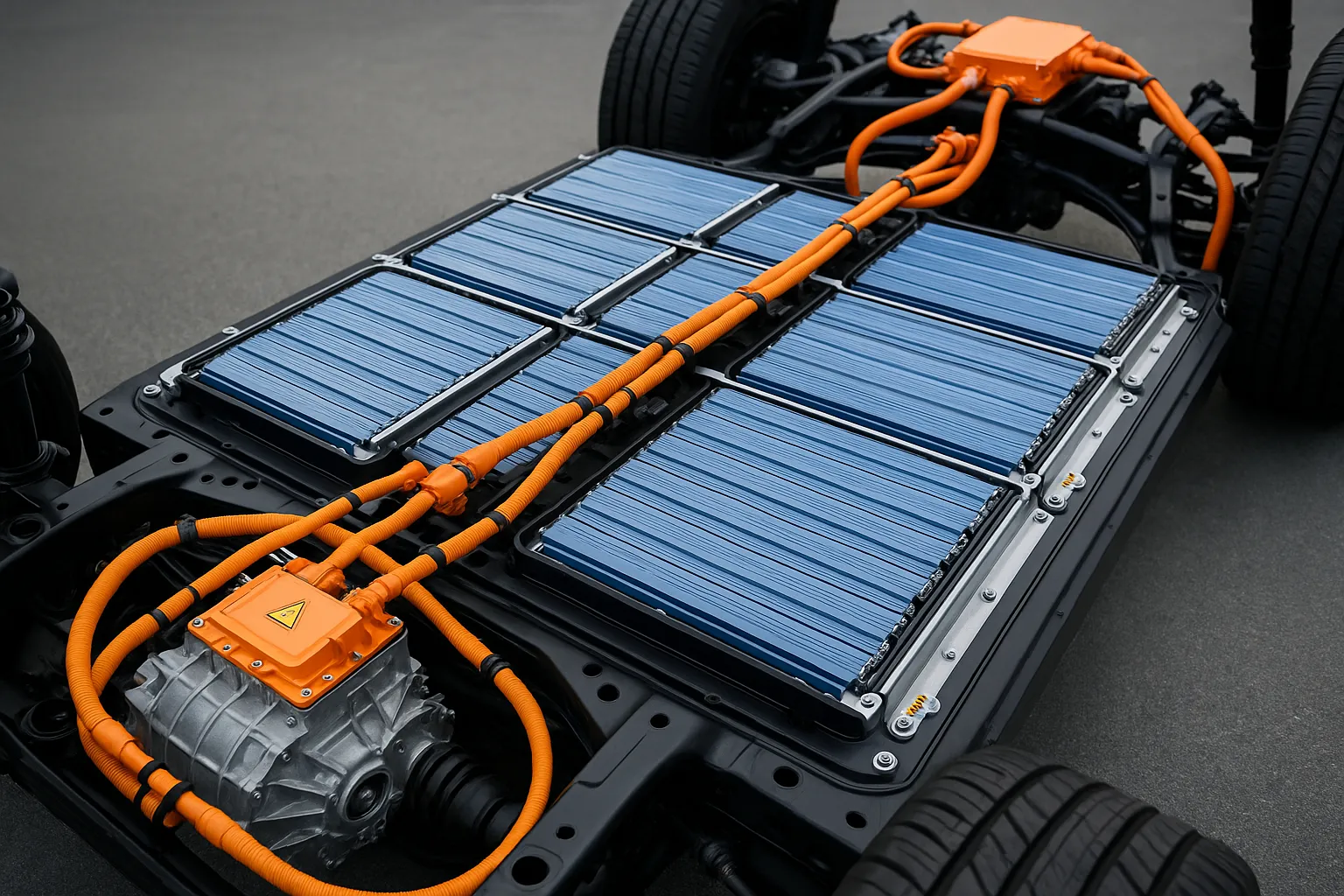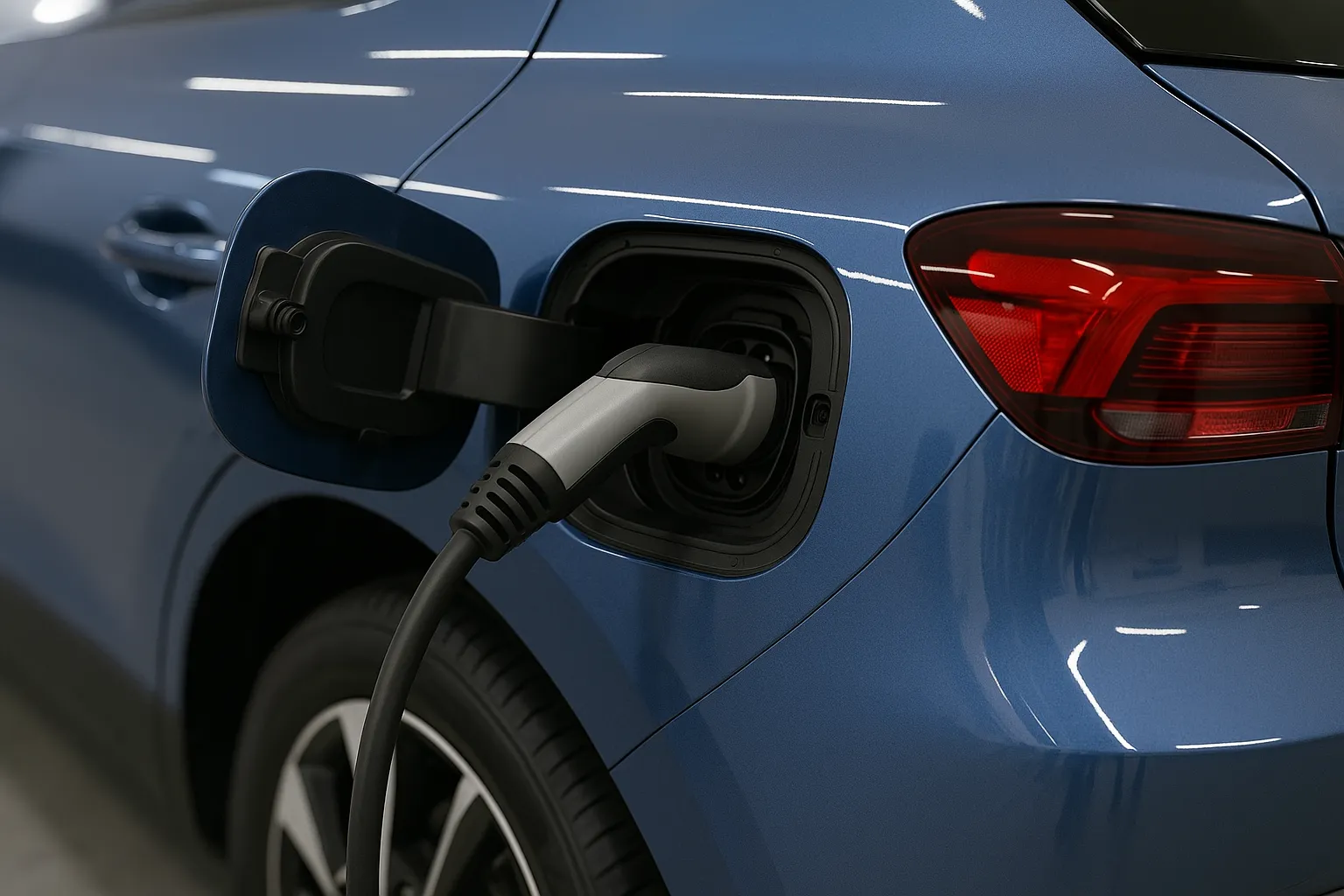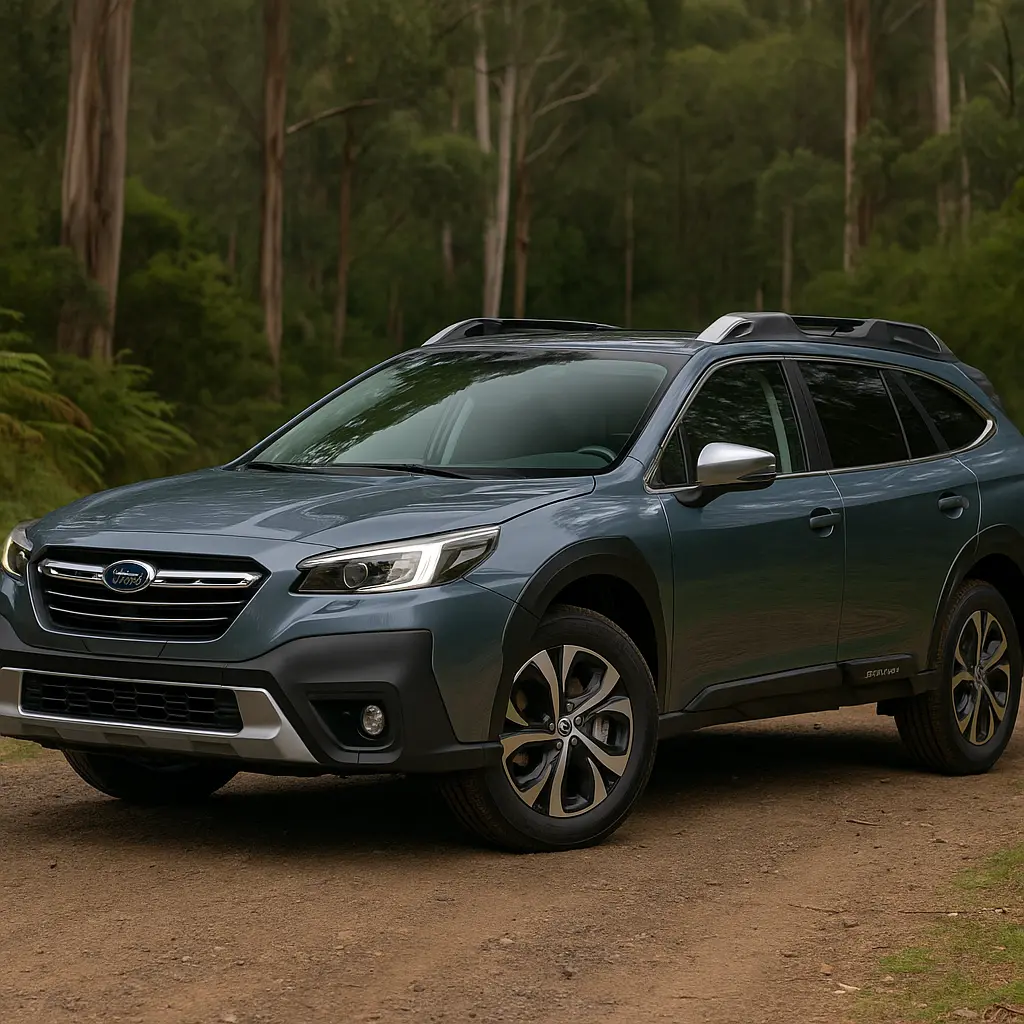As electric vehicles (EVs) surge in popularity across Australia in 2025, battery technology has become the heartbeat of this revolution. From powering daily commutes to enabling long-distance road trips, the capabilities of your EV's battery determine how far you can drive, how often you’ll charge, and how long the vehicle will last.
For Aussie car buyers, understanding the battery technology inside modern EVs isn’t just about tech specs — it’s about making smarter, more sustainable buying decisions in a fast-changing market.

A Quick Refresher: What Is an EV Battery?
EV batteries, also known as traction batteries, are rechargeable energy storage systems that supply power to the electric motor in a vehicle. They’re very different from the 12V lead-acid batteries in petrol cars that power lights or accessories.
Main Functions of EV Batteries:
- Store energy to drive the electric motor
- Regulate power delivery for acceleration
- Support regenerative braking to recharge during deceleration
Types of EV Batteries in 2025
Battery technology has evolved significantly since the early Nissan Leaf or Tesla Roadster days. In 2025, several battery types are in use in the Australian market, each with distinct pros and cons.
Lithium-Ion (Li-ion)
Still the industry standard in 2025, lithium-ion batteries offer the best balance between energy density, cost, and lifecycle.
- Pros: High energy density, lightweight, longer lifespan
- Cons: Expensive raw materials, thermal management required
Lithium Iron Phosphate (LFP)
Popularised by Tesla and BYD, LFP batteries are gaining traction for their safety and durability.
- Pros: Safer chemistry, longer life cycles, cheaper
- Cons: Lower energy density, slightly less range
Solid-State Batteries (SSBs)
The most exciting innovation in 2025 — solid-state batteries use solid electrolytes, offering breakthroughs in performance and safety.
- Pros: Higher energy density, safer, quicker to charge
- Cons: Still emerging, expensive, limited commercial rollout
Sodium-Ion Batteries
Not mainstream yet but growing interest due to their low cost and environmental friendliness.
- Pros: Cheap materials, sustainable
- Cons: Lower performance, mostly in research/demo phase
Key Battery Metrics You Should Know
When comparing EVs, these are the battery terms every Aussie buyer should understand:
| Metric | What It Means |
|---|---|
| kWh (Kilowatt-hour) | Battery capacity – higher means longer range |
| Voltage | Power delivery capability |
| Energy Density | How much energy per unit weight or volume |
| Charging Rate (kW) | How fast it can charge (AC vs DC charging speeds) |
| Lifecycle | Number of charge cycles before performance degrades |
| Thermal Management | System to keep battery at optimal temperatures |
EV Battery Range in 2025: How Far Can You Go?
Range anxiety is still a concern for many Australians, especially outside major cities. Luckily, battery advancements in 2025 have significantly improved average driving ranges.
Typical Range by Vehicle Segment in 2025:
- Compact EVs (e.g. MG4 EV, Nissan Leaf): 350–450 km
- Mid-size SUVs (e.g. Tesla Model Y, Hyundai Ioniq 5): 450–600 km
- Luxury or Premium EVs (e.g. BMW iX, Kia EV9): 550–750 km
- Utes & 4WD EVs (e.g. Rivian R1T, Ford F-150 Lightning – if launched locally): 400–600 km
Real-World Factors That Affect Range:
- Driving style (aggressive acceleration eats range)
- Payload and passengers
- Use of air conditioning or heating
- Terrain (hilly roads consume more energy)
- External temperature (cold or extreme heat can impact battery efficiency)
Charging Innovations in 2025
Battery tech is only half the story. Charging infrastructure and battery compatibility with high-speed charging also shape your EV experience.
Home Charging (AC)
- Standard AC Charging: 7kW using a wall box
- Full charge time: 6–12 hours depending on battery size
Fast Charging (DC)
- Most public fast chargers: 50kW – 350kW in Australia
- Ultra-rapid charging: Tesla V4 Superchargers and Chargefox 350kW stations
| Battery Size | Charging from 10% to 80% |
|---|---|
| 50 kWh | ~30–45 minutes |
| 75 kWh | ~40–60 minutes |
| 100+ kWh | ~60–80 minutes |
Wireless and Bidirectional Charging
- Wireless pads: Still emerging, limited to premium models
- Vehicle-to-Grid (V2G): Lets you sell power back to the grid (coming soon to Australia)
Battery Lifespan – How Long Do They Last?
Most EV batteries in 2025 are designed to last at least 8 to 15 years or 150,000–300,000 km, often outlasting the vehicle itself.
Signs of Battery Degradation:
- Reduced range
- Slower charging
- Sudden drops in state-of-charge
OEM Battery Warranties in 2025:
| Brand | Battery Warranty |
|---|---|
| Tesla | 8 years / 192,000 km |
| Hyundai/Kia | 8 years / 160,000 km |
| BYD | 8 years / 160,000 km (or more in China) |
| MG | 7 years / Unlimited km (Australia) |
| Nissan | 8 years / 160,000 km |
Battery Recycling and Sustainability
Battery disposal and second-life usage are critical in 2025 for environmental sustainability.
Recycling Initiatives in Australia
- Lithium, cobalt, and nickel can be recovered
- Companies like Envirostream and Redflow are working on battery reuse
- Government incentives for recycling programs
Second-Life Applications
- Retired EV batteries can power home solar storage systems
- Useful for 5–10 additional years after EV usage
What to Consider When Buying an EV in 2025 – Battery Perspective
New vs Older Battery Tech
Opt for models with LFP or early SSB tech for longevity and safety.
Check for Active Thermal Management
EVs with liquid-cooled batteries perform better in Aussie summer heat.
Charging Port Compatibility
Ensure your vehicle supports CCS2 for DC fast charging (standard in AU).
Future-Proofing
Does the battery support over-the-air (OTA) updates? Can you use V2G? Will it integrate with home solar?
EVs With the Best Battery Tech in 2025 (Australia)
1. Tesla Model Y (LFP for Standard Range)
- Proven reliability, OTA updates
- Excellent supercharger network
2. Kia EV9
- 99.8kWh battery, up to 512 km range
- Supports ultra-rapid charging
3. Hyundai Ioniq 6
- Advanced 800V platform
- Charges from 10% to 80% in under 20 mins
4. BYD Seal
- Blade battery (LFP) – very safe and durable
- Up to 570 km WLTP range
5. Polestar 2 2025 update
- Improved cooling system
- Now offers LFP for base models
The Future of EV Batteries – What’s Next?
Solid-State Commercialisation
Expected in premium EVs like Lexus and BMW by late 2025 or early 2026.
Battery Swapping
NIO is testing battery swap stations in China and Europe. Will Australia get one?
Australian-Made Batteries
Plans underway for lithium refinement and battery cell production in Western Australia and Victoria.
Conclusion: Why Battery Tech Should Drive Your EV Choice
In 2025, the battery is no longer just a hidden component—it’s the foundation of performance, cost, and ownership experience in an EV. For Aussie buyers, understanding what’s inside the battery pack can help you choose a vehicle that fits your driving habits, budget, and sustainability goals.
Whether you're buying your first EV or upgrading to the latest model, keep battery specs, chemistry, warranty, and charging in mind. It’s not just about range anymore—it’s about efficiency, longevity, and smart energy usage.
Leave a comment
Your email address will not be published. Required fields are marked *




















